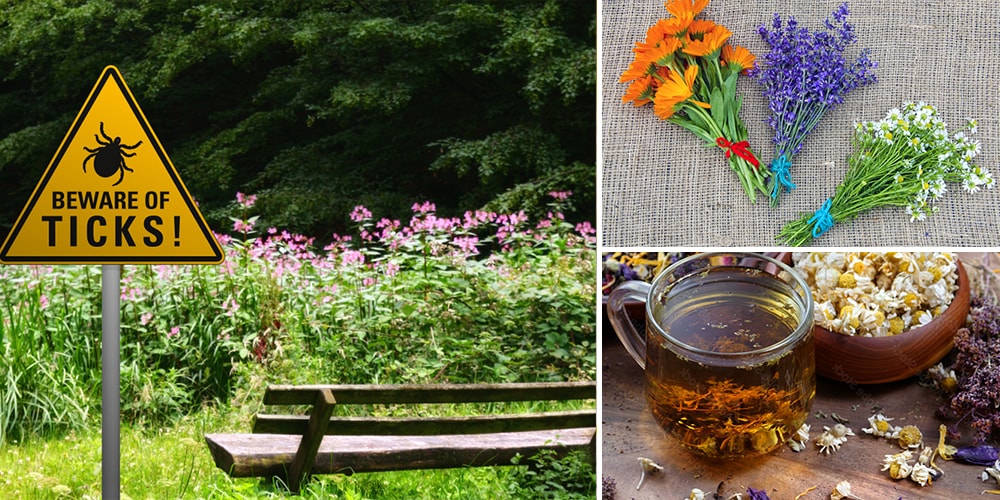
What To Do Immediately After a Tick Bite
Spending time outdoors can be a wonderful experience, connecting us with nature and providing opportunities for relaxation and exploration. However, with the great outdoors come potential risks, one of which is encountering ticks. These tiny arachnids might seem harmless, but they can transmit diseases such as Lyme disease, Rocky Mountain spotted fever, and others.
Therefore, it’s crucial to take prompt action if you find yourself with a tick bite. In this article, we will explore what to do immediately after a tick bite to minimize the risk of infection and protect your health.
What to Do After a Tick Bite
Remove the Tick Properly
The first and most important step after discovering a tick on your skin is to remove it properly. If it’s not attached yet, shower immediately. If it’s attached, use fine-tipped tweezers to grasp the tick as close to the skin’s surface as possible. Steadily pull upward without twisting or jerking, as this can cause the tick’s mouthparts to break off and remain in the skin. The goal is to remove the entire tick. After removal, clean the bite area with soap and water.
Save the Tick for Identification
While it might seem strange, saving the tick in a small container or a plastic bag is a good idea. If you later experience any symptoms or signs of illness, having the tick can be helpful for identification purposes and guiding medical treatment. You can also take a picture of the tick for identification if you prefer not to keep the actual specimen.
Observe for Symptoms
Keep a close eye on the bite site and your general health for the next few weeks. The appearance of a rash, especially a bull’s-eye pattern, or flu-like symptoms such as fever, fatigue, muscle aches, and headaches might indicate a tick-borne illness. If you experience any concerning symptoms, seek medical attention promptly.
Do Not Panic
It’s understandable to feel anxious after a tick bite, especially considering the potential risks. However, panicking won’t help the situation. Instead, stay calm and take the appropriate steps outlined here. Remember that not all ticks carry diseases, and being proactive can significantly reduce your chances of getting sick.
Consult a Healthcare Professional
If you’re unsure about the type of tick you encountered or if you’re worried about potential infections, don’t hesitate to seek guidance from a healthcare professional. They can help identify the tick and assess the risk of disease transmission based on your geographical location and other relevant factors. Early intervention is vital in preventing severe complications from tick-borne illnesses.
Preserve the Bite Site
Avoid applying any harsh chemicals, like rubbing alcohol, hydrogen peroxide, or petroleum jelly, to the bite site. These substances can irritate the skin and might even increase the risk of infection. Instead, keep the area clean with mild soap and water and apply an antiseptic ointment if needed.
Herbal Remedy for Tick Bites
Ticks can be pesky and potentially harmful, but nature provides us with various herbs that can offer soothing relief and aid in the healing process after a tick bite. This simple herbal remedy can be made at home using natural ingredients with anti-inflammatory and antiseptic properties. Please note that while this remedy can provide comfort, it’s essential to seek medical attention if you experience any concerning symptoms or signs of infection after a tick bite.
Here’s a soothing herbal concoction for cleaning the tick bite area.
Ingredients: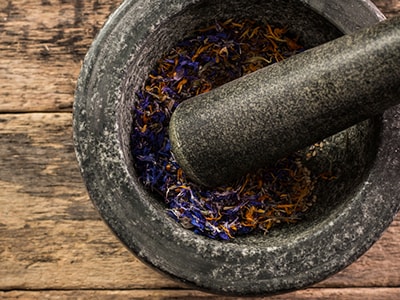
- 1 tablespoon dried chamomile flowers
- 1 tablespoon dried calendula flowers
- 1 tablespoon dried lavender flowers
- 1 cup boiling water
- 1 teaspoon raw honey (optional)
- Clean cloth or cotton balls
Instructions:
Step 1: Gather your dried chamomile, calendula, and lavender flowers. You can dry these herbs yourself and grind them at home. I personally prefer to grow my own medicinal herbs. You can get your own Chamomile, Lavender and Calendula seeds here.
Step 2: Add the dried herbs to a mug. Pour boiling water over the herbs and let it steep for 15-20 minutes. Cover the mug to trap the aromatic oils and active compounds.

Step 3: After steeping, use a fine mesh strainer or a piece of clean muslin cloth to separate the liquid from the herbal mixture. You should have a clear herbal infusion.
Step 4: If desired, stir in a teaspoon of raw honey to the herbal infusion. Honey has natural antibacterial properties and can help soothe the skin further.
Step 5: Allow the herbal infusion to cool to a comfortable temperature. You can speed up the cooling process by placing the mug in the refrigerator for a few minutes.
Step 6: Once the mixture has cooled, soak a clean cloth or cotton ball in the herbal infusion. Gently dab the tick bite area with the herbal remedy. Let the liquid air dry on your skin.
You can apply the herbal remedy two to three times a day or as often as needed to soothe the bite area. Remember to prepare a fresh batch daily for the best results.
How It Works

Chamomile: Chamomile is known for its anti-inflammatory and soothing properties. It can help reduce redness, itching, and swelling around the tick bite area, providing comfort and relief.
Calendula: Calendula possesses natural antiseptic and skin-healing properties. It can aid in preventing infection and supporting the skin’s natural healing process after a tick bite.
Lavender: Lavender has antimicrobial properties and can help soothe irritated skin. Its pleasant fragrance can also have a calming effect, promoting relaxation.
Monitor for Allergic Reactions
In some cases, tick bites can trigger allergic reactions in certain individuals. If you notice swelling, severe redness, or difficulty breathing, seek immediate medical attention. These signs could indicate an anaphylactic reaction, which is a medical emergency.
Consider Tick-borne Disease Testing
Depending on the type of tick, your location, and the duration of tick attachment, some healthcare providers might offer tick-borne disease testing. Early detection of infections can lead to timely treatment, improving the chances of a successful recovery.
Inform Others
If you’ve been in an area known for tick activity, let your family, or friends know about the incident. Advise them to check for ticks on their bodies as well, as early detection and removal are essential in preventing disease transmission.
Prevent Future Tick Bites
The best way to manage tick-borne illnesses is to avoid tick bites altogether. When venturing into tick-prone areas, take preventive measures like wearing long-sleeved shirts, long pants, and closed-toe shoes. Tuck pants into socks and use natural insect repellents. Additionally, after spending time outdoors, thoroughly check your body and clothing for ticks, and shower as soon as possible to wash away any unattached ticks.
For more information on Lyme disease, check out the Lyme Disease Protocol.
The Bottom Line
Encountering a tick and getting bitten can be an unnerving experience, but knowing what to do immediately after a tick bite is crucial in minimizing the risk of infection and disease transmission. Swift and proper tick removal, observation for symptoms, and seeking medical advice when needed are key steps in protecting your health. Being informed and taking preventive measures when spending time outdoors will help ensure that you can continue to enjoy nature safely and responsibly. Remember, vigilance and early action can make all the difference when it comes to tick-borne illnesses.








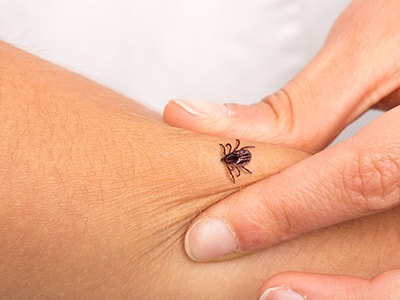
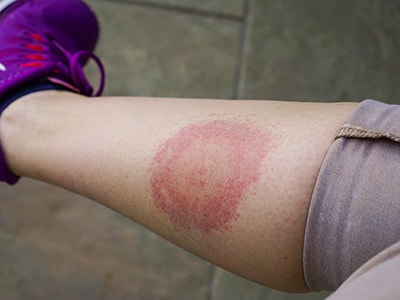
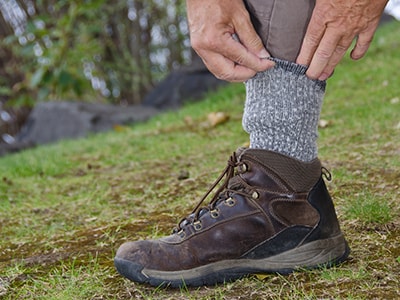
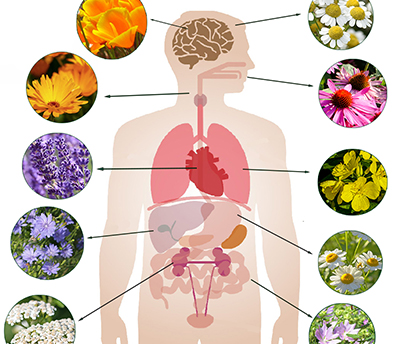
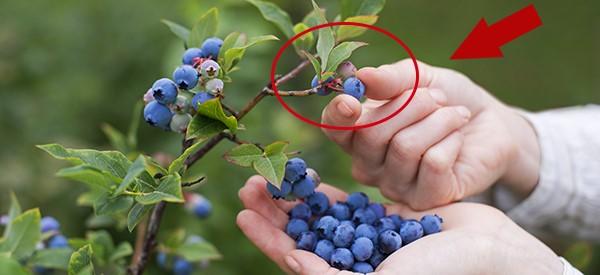
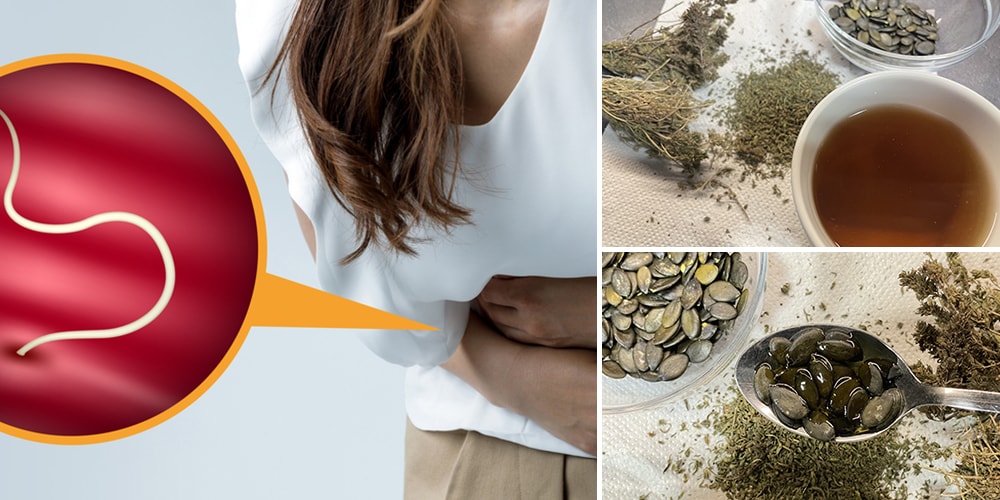
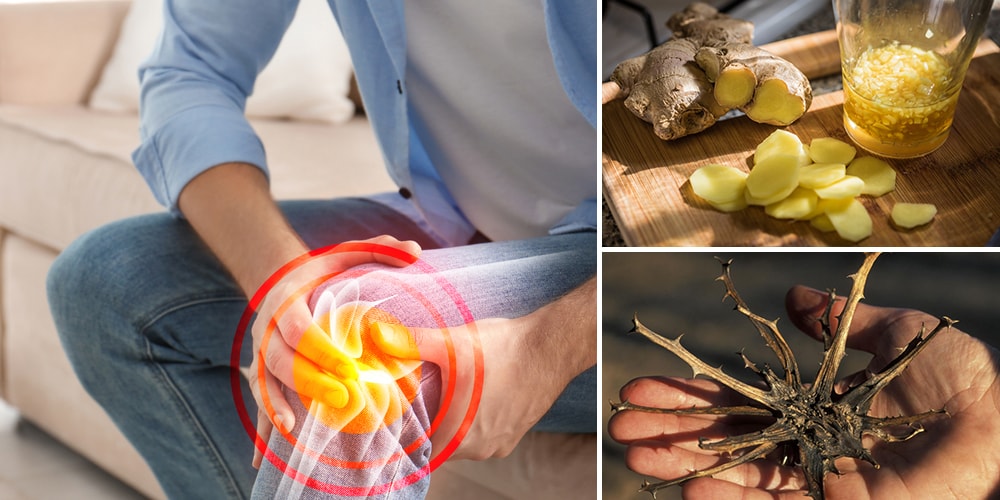
Applying pine tar resin seems to heal tick bites, and stop infection. I mix the pine tar with olive oil and apply it with a bandaid. The itching stops on contact.
Ideally use a specialist tick remover rather than a tweezer . Readily available from pharmacy or outdoor shops . If red area appears get referral quickly and appropriate treatment to prevent lyme disease .
Drinking ASEA might also get rid of Lyme Disease
Removing the tick with tweezers will almost always squeeze more toxins into the bite. Instead, you should kill the tick first. Back when I first learned first aid, the advice was to apply kerosene with a cotton ball. And some people prefer rubbing alcohol (which works, but it is not as fast as is ideal – you don’t want to agitate the tick). These days, the recommendation is to use freezing (those wart remover freezer treatments will work for this).
Plain old fly spray (if you have it) is what is recommended where I live in Australia. The tick will back out of the site and you can remove it easily.
Yeah, Lyme disease is the worst- doxycycline immediately, no sugar, dairy or carb for days. Monitor for icky sick feeling. Find a biomagnetist and get treated . It’s not just borrellia, it’s a cocktail of co- infections, every tick is different. Herbs might not do it.
Lyme disease is very serious and can be life altering forever. The rash shown is called an EM rash and if you have it you have Lyme disease and you better get your hands on some doxycycline ASAP. They are only addressing the bite here and fail to mention the rash as a definite diagnosis,better than all the tests out there. I have been dealing with this 18 years…this is no joke!!!
i have been researching lyme disease and found that wild teasel(dipsacus sylvestris) taken for a couple weeks before tick season can prevent lymes, scutellaria (huang qin) is the herb anti viral/anti bacterial to get rid of the infection
I would take Ledum 200 homeopathic remedy and continue for 30 days. It’s worked for my daughter and her dog.